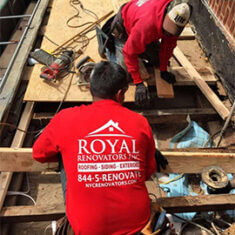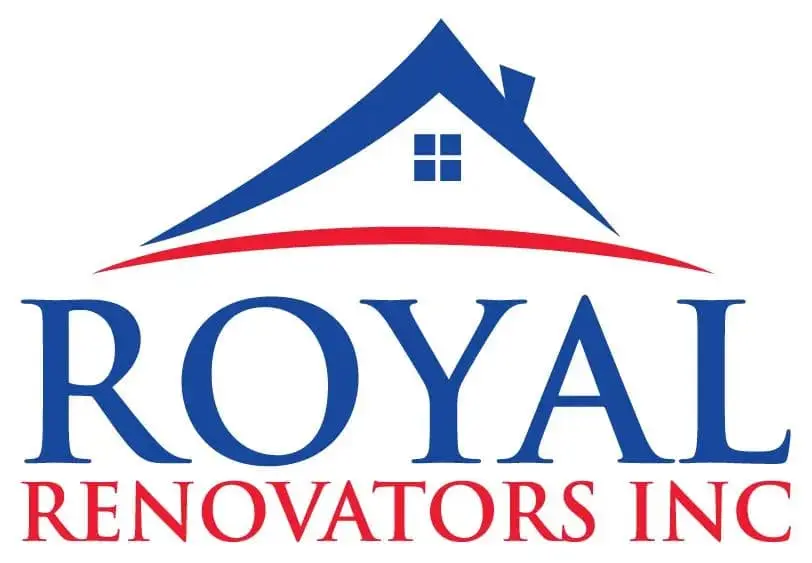The Role Of Proper Attic Ventilation In Roofing Performance

Your roof is more than just a protective shield against the elements; it is a complex system that requires careful attention to detail. While most homeowners focus on the quality of roofing materials and the expertise of the installers, one critical aspect that often goes unnoticed is proper attic ventilation. Consult with roofing professionals, adhere to local building codes, and prioritize the health and well-being of your roof. It may sound mundane, but the role of proper attic ventilation in roofing performance is nothing short of captivating. In this article, we will delve into the secrets behind this often-overlooked element and unravel its significance in achieving a long-lasting, energy-efficient roof.
The Basics of Attic Ventilation
To understand the importance of attic ventilation, we must first grasp its fundamental principles. Attic ventilation is simply the exchange of air between the attic space and the outside environment. It involves the intake of fresh air through vents located at the soffits or eaves and the expulsion of hot, moist air through vents located at the roof’s peak or ridge.
The Consequences of Poor Attic Ventilation
- Heat and Moisture Buildup: Without proper attic ventilation, heat becomes trapped in the attic space, leading to excessively high temperatures. This heat buildup can cause shingles to deteriorate prematurely, resulting in a shortened lifespan for your roof. Additionally, trapped moisture can accumulate, leading to mold growth, rotting of the roof deck, and potential structural damage.
- Energy Inefficiency: Inadequate attic ventilation can significantly impact your home’s energy efficiency. During hot summer months, the excessive heat trapped in the attic can radiate downward into living spaces, causing your air conditioning system to work harder and consume more energy. This can result in higher utility bills and an unnecessary strain on your HVAC system.
- Ice Dams and Condensation: In colder climates, poor attic ventilation can contribute to the formation of ice dams. Ice dams occur when warm air from the attic melts snow on the roof, which then refreezes at the eaves, causing water to back up under the shingles. This can lead to water leaks, damage to the roof structure, and even interior water damage. Additionally, condensation can form in the attic, especially in areas with high humidity. Over time, this can lead to mold growth and compromise the integrity of the roof.
The Benefits of Proper Attic Ventilation
- Extended Roof Lifespan: Adequate attic ventilation helps regulate temperature and moisture levels, preventing the premature deterioration of roofing materials. By reducing heat buildup and preventing moisture-related issues, proper ventilation can extend the lifespan of your roof, saving you from the hassle and expense of premature roof replacement.
- Energy Savings: Proper attic ventilation allows hot air to escape, reducing the heat transfer into living spaces. This helps your air conditioning system operate more efficiently and decreases your energy consumption. This results in potential energy savings and lower utility bills.
- Enhanced Indoor Air Quality: A well-ventilated attic helps maintain a healthy indoor environment. Proper ventilation prevents the accumulation of moisture, reducing the risk of mold growth and safeguarding the air quality in your home. This is particularly important for individuals with allergies or respiratory conditions.
- Ice Dam Prevention: Proper attic ventilation plays a crucial role in preventing ice dams. By maintaining a consistent temperature on the roof surface, ventilation helps prevent the melting and refreezing cycle that contributes to ice dam formation. This protects your roof, gutters, and overall structural integrity.
- Warranty Compliance: Many roofing manufacturers require proper attic ventilation as part of their warranty conditions. Failure to meet these requirements may void the warranty, leaving you responsible for any future repairs or replacements.
Best Practices for Attic Ventilation
Achieving proper attic ventilation involves a combination of intake and exhaust vents strategically placed throughout the roof and attic space. Here are some best practices to consider:
- Consult a Professional: When it comes to attic ventilation, it is essential to consult with a roofing professional or an experienced contractor. They can assess your specific roof design, climate conditions, and local building codes to determine the most suitable ventilation system for your home.
- Balance Intake and Exhaust: Proper ventilation requires a balance between intake vents (such as soffit vents or gable vents) and exhaust vents (such as ridge vents or turbine vents). This balance ensures a continuous flow of fresh air from the intake vents to the exhaust vents, effectively removing heat and moisture from the attic space.
- Consider the Roof Design: Different roof designs may require specific ventilation solutions. For example, homes with low-sloped roofs may benefit from continuous soffit vents and a ridge vent system, while homes with cathedral ceilings may require a combination of gable vents and roof vents.
- Insulation and Air Sealing: Proper insulation and air sealing are essential components of effective attic ventilation. Adequate insulation helps maintain temperature control, while air sealing prevents the infiltration of hot or cold air from the outside. This ensures that the ventilation system functions optimally and minimizes energy loss.
- Regular Maintenance: Once you have installed a proper attic ventilation system, it is crucial to maintain it regularly. Keep the vents free from debris, such as leaves or animal nests, to ensure unobstructed airflow. Additionally, inspect the attic for signs of moisture or mold growth and address any issues promptly.
Conclusion
Proper attic ventilation is a critical yet often overlooked aspect of roofing performance. It plays a vital role in maintaining the longevity of your roof, promoting energy efficiency, preventing ice dams, and safeguarding indoor air quality. By understanding the consequences of poor ventilation and implementing best practices, you can unlock the secrets to a long-lasting, energy-efficient roof. When planning your next roofing project or considering improvements to your existing roof, remember the captivating role that proper attic ventilation plays.
Contact us now at 118-35 Queens Blvd Forest Hills, NY 11375 (718) 414-6067 https://www.nycrenovators.com to get started on your project.
